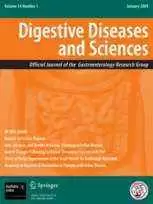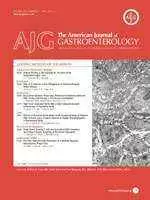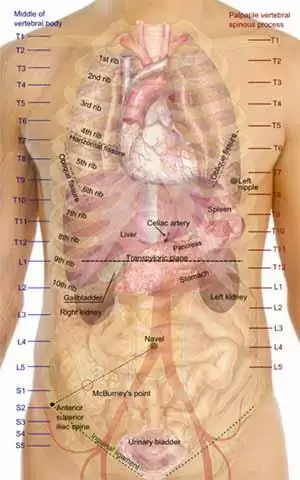Celiac.com 07/03/2009 - A new study provides demonstrates that small intestinal bacterial overgrowth and increased intestinal permeability are both associated with non-alcoholic fatty liver disease (NAFLD).
Previous studies have suggested that bacteria from the intestine might play a role in NAFLD, which is the hepatic component of the Metabolic Syndrome. NAFLD can worsen to nonalcoholic steatohepatitis, and some experts have wondered if this progression might be promoted by liver exposure to gut bacteria.
Celiac.com Sponsor (A12):
A team of researchers, led by Antonio Grieco of Rome, set out to answer this question by investigating gut permeability in patients with NAFLD and comparing the results to patients with untreated celiac disease and known susceptibility to this condition, and with healthy volunteers.
The research team included Luca Miele, Venanzio Valenza, Giuseppe La Torre, Massimo Montalto, Giovanni Cammarota, Riccardo Ricci, Roberta Masciana, Alessandra Forgione, Maria Gabrieli, Germano Perotti, Fabio Vecchio, Gian Ludovico Rapaccini, Giovanni Gasbarrini, Christopher Day, and Antonio Grieco.
They studied 35 patients with biopsy-confirmed NAFLD, 27 with celiac disease and 24 healthy volunteers. For each participant, the research team checked levels of small intestinal bacterial overgrowth using a glucose breath test. They evaluated intestinal permeability by examining urinary excretion of Cr-EDTA. They then assessed the integrity of tight junctions within the gut via duodenal biopsy.
"The main findings of this study are that both intestinal permeability and the prevalence of small intestinal bacterial overgrowth are increased in patients with NAFLD and correlate with the severity of steatosis," the authors report. "Disruption of tight junction integrity may explain the increased permeability in these patients."
The authors hypothesize that small intestinal bacterial overgrowth and/or the associated increase in gut permeability may cause steatosis. This hypothesis is supported by studies on mice, and by reports that probiotics can improve steatosis resulting from a high fat diet.
One important note was that the study showed no connection between either small intestinal bacterial overgrowth or intestinal permeability and steatohepatitis or fibrosis, which suggests gut bacteria do not play a role in the transformation of NAFLD to more serious liver disease.
"In conclusion," the authors write, "we have demonstrated that NAFLD is associated with increased intestinal permeability and small intestinal bacterial overgrowth and that these factors are associated with the severity of hepatic steatosis."
More study is needed to nail down the exact causal relationship, which, once understood, could help scientists develop new therapies for NAFLD that incorporate the microbiome of the gut.''
According to colleagues Elisabetta Bugianesi and Ester Vanni of the University of Turin, "The study...raises the possibility that gut microbiota and intestine permeability are important mediators of diet-induced metabolic disturbances in NAFLD."
Bugianesi and Vanni add that lifestyle-focused therapy would likely present the best treatment for NAFLD, but suggest that influencing gut flora by antibiotics, prebiotics, and probiotics might help offset the effects of unbalanced diets on metabolic conditions.
Article: "Open Original Shared Link."
Editorial: "The Gut-Liver Axis in Nonalcoholic Fatty Liver Disease (NAFLD): Another Pathway to Insulin Resistance?" Bugianesi, Elisabetta; Vanni, Ester. Hepatology; June 2009.
Hepatology. 2009 Jun;49(6):1877-87.








Recommended Comments